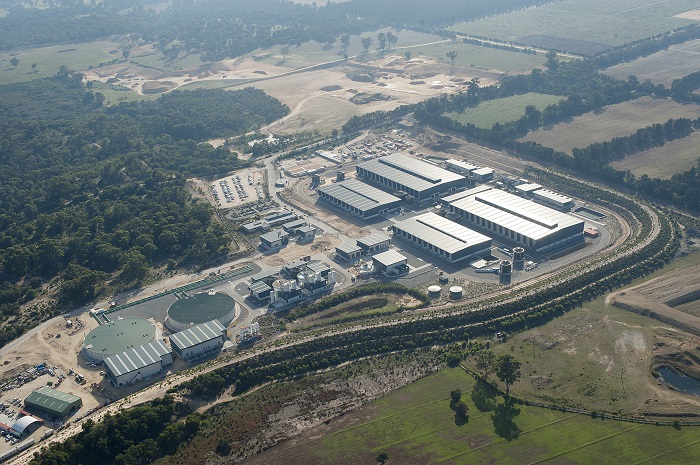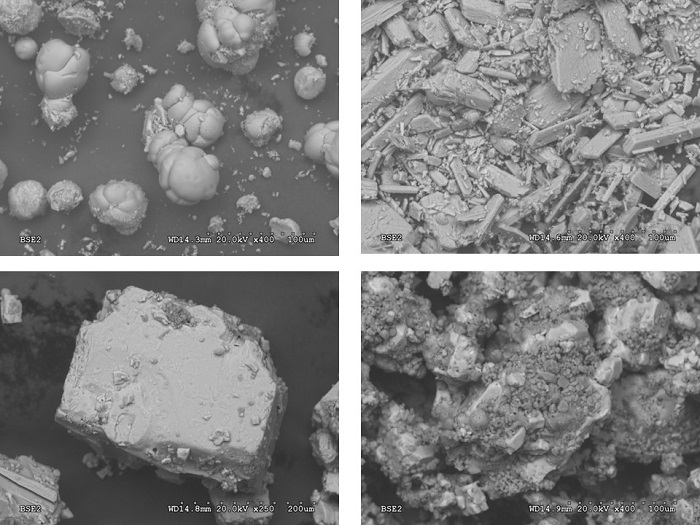In the past few years, desalination has become a new water resource that allows to supply populations, industries, and irrigation in times of drought and helps mitigate the effects of climate change over water shortages. Considering that one in every nine people in the world lacks access to drinking water and that 97.5% of the water on the planet is in oceans, its necessity and opportunity are more than evident.
Currently, there are about 18,000 desalination plants in the world with the capacity to produce almost 100 million m3 of water daily. Spain, with leading industry and sector, is one of the countries with the greatest installed capacity (the fifth) in the world.
One of the environmental aspects that tend to worry the most about desalination is the practice of dumping concentrate salt and residues, also known as brine. When the dumping is done correctly, by previously diluting it and using diffusers (like in developed countries), the impact is practically undetectable, as the salt concentration goes back to sea levels at just a few meters away from the dumping point.

Perth Desalination Plant
Take the Persian Gulf, the region with the highest concentration of desalination plants and the largest dumping volume, the increase in salinity levels due to desalination concentrate is estimated to be 5% lower than the increase caused by water evaporation.
In any case, dumping is not the only possible solution in brine residue management. In the past years, the brine mining field has developed greatly. Brine mining consists of obtaining salt and chemical products from this salt concentrate.
Perhaps the most evident application could be using concentrate in salt evaporation ponds to produce table salt. However, except for some facilities in Greece and Israel, there are not many known large-scale examples of this use.
Some other salts or chemical products that can be obtained from the concentrate arise greater interest for their economic value, whether it comes from seawater desalination or brackish water.
On the one hand, we can generate Sodium hypochlorite in situ through technologies like electrochlorination (a common technology already used to add chlorine to pools), or use new technologies based on different variants of electrodialysis to produce chemical products, like Hydrochloric acid or Sodium hydroxide.
Through processes like evaporation-crystallization and other more or less conventional technologies, there have also been reports of obtaining salts like Anhydrite (CaSO4), Bischofite (MgCl2 6H2O), Calcite (CaCO3), Carnallite (MgCl2 KCl 6H2O), Dolomite (CaMg(CO3)2), Epsomite (MgSO4 7H2O), gypsum (CaSO4 2H2O), Halite (NaCl), Hexahydrite (MgSO4 6H2O), Kieserite (MgSO4 H2O), Langbeinite (K2SO4 2MgSO4), Mirabilite (Na2SO4 10H2O), Sylvinite (KCl+NaCl), Sylvite (KCl) and Thenardite (Na2SO4).

Crystals from different salts obtained from brines
Likewise, there are eight elements of especial economic interest in brine: Phosphorus, Cesium, Indium, Rubidium, Germanium, Magnesium, Sodium chloride, and Potassium chloride. Their extraction could be technically and economically viable.
About using brines, it is worth mentioning that some work is currently being done on developing processes such as forward osmosis or bipolar electrodialysis to produce energy from mixing salt currents with freshwater. That is, generating energy due to the salinity gradient created from mixing these waters.
The first director of the Nobel Institute, Svante Arrhenius, calculated in 1903 the amount of gold in the sea, estimating 6 mg per ton of water. Perhaps the process to extract it is not viable, but there are studies and works to obtain the new “white gold” of the 21st century from the sea: Lithium. This material used in batteries is more precious by the day. Lithium is present in seawater, and it could be extracted, hence, meriting the name “new white gold”.

Sacyr Agua/Sacyr Water pilot brine evaporation-crystalization plant
Did you know…?
- The first reference to desalination was in the Bible when Moses turned saltwater into freshwater with a touch of his staff.
- Unfortunately, this low-consumption energy technology has been impossible to reproduce to this date.
- Aristotle wrote several works on seawater and desalination.
- Pliny the Old described desalination methods in his Natural History Encyclopedia.
- Roman legions used solar desalination in their African campaigns.
- Vikings used the sails of their ships as fog nets to collect freshwater (this process is still used today in some parts of the Andes).
